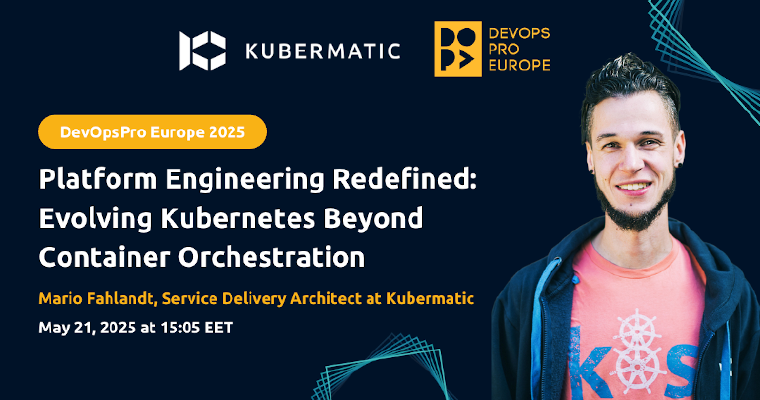There is no doubt – the cloud has revolutionized the way businesses operate. With increased scalability, faster deployment times, and improved IT operational efficiency, migrating to the cloud will give your organization the cutting edge it needs to stay competitive. But the real game changer is its cost-efficiency…there is, however, a catch.
Public clouds lower your upfront costs since you only pay for as much as your system requires. Additionally, they have the potential of decreasing your operating costs since you scale only as needed. Yet, when truly optimizing for cost your own custom-built infrastructure might still be the better option for large parts of your workloads: Dropbox for instance has saved an incredible $75M over two years by repatriating parts of their workloads from the public cloud back into their own facilities.
I’m sure that it doesn’t come as a big surprise that simply migrating to the cloud won’t solve all of your problems. So what should your cloud strategy be? It’s pretty simple: If hybrid clouds are the best way to optimize for cost, then you need to turn your on-premises facilities into high performing cloud native platforms.
Such a transition, however, is complex and not really easy without a well-developed plan. So if you don’t want your cloud costs to go off the rails, you need to develop a cloud strategy that combines the best of the public cloud with the best of your existing hardware right from the start. Are you thinking about migrating to the cloud in 2022 and wondering where to start? Let’s chat!
P.S.: Did you know that you can save up to €1.2 Million by migrating to a Kubernetes infrastructure? See for yourself, using our Kubernetes ROI Calculator.

Kubermatic Raises $6M in Seed Funding to Speed Up Growth & Innovation
In November, we announced our $6M seed funding, led by Nauta Capital and joined by Bastian Nominacher and Martin Klenk, co-founders of Celonis. We’re still overwhelmed by all of the positive responses we received and are extremely excited to work together with these strong partners to build the world’s most adaptable and autonomous software delivery platform.

Multi-User Cluster Monitoring, Logging and Alerting in KKP 2.18
As part of the KKP 2.18 release in September, we introduced multi-user cluster Monitoring, Logging and Alerting (MLA) to make operational tasks much easier and way more efficient. Find out how to set up a user cluster MLA stack, how to modify it and what this process looks like in action.
Automate Your Clusters Across Multi-Cloud with KKP 2.18
Want to explore all of the other fantastic features we introduced with KKP 2.18 and how you can easily deploy and manage your Kubernetes clusters across any infrastructure with our open source platform? Check out this product walkthrough with Damian.

Why Kubernetes Management Needs a Seat at the Strategy Table
Cloud native is more than just an approach. It’s a combination of technology, culture and processes to ensure the building of future-ready applications with speed, agility, security, and scalability. Read on to explore why a cohesive organizational strategy and management endorsement are both critical to a successful cloud native adoption.

A Brief “Brief” for C-level Executives on Kubernetes
Kubernetes has seen an extraordinary rate of adoption in large organizations worldwide and it’s become a very hot topic with C-level Executives. If you want to know why Kubernetes will rule the roost and how it can help your organization thrive in this complex world, check out our brief “brief” for C-level executives.
“Christmas – It’s the tenderness of the past, courage for the present, and hope for the future." (Agnes M. Pahro)
✨ In the spirit of the season, we wish all of our employees, customers, partners, and the community Merry Christmas and a Happy New Year!✨
Happy Holidays!






